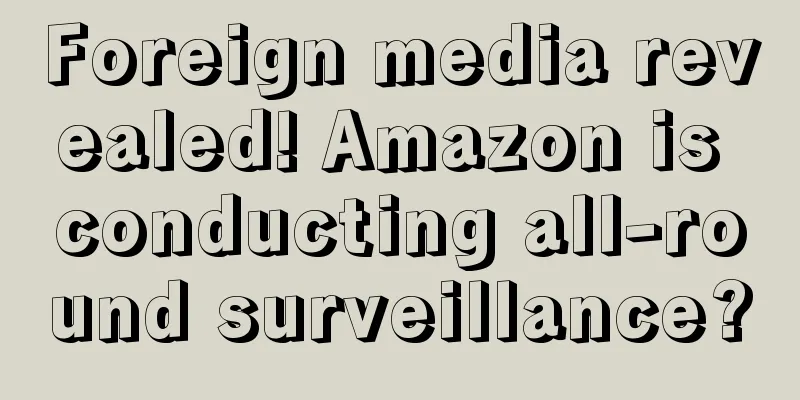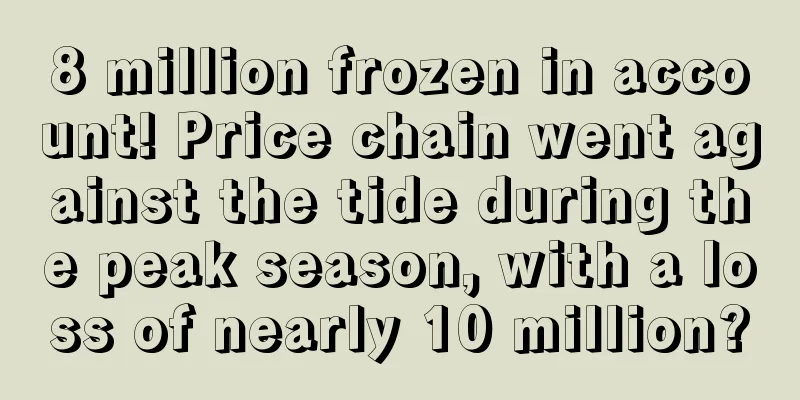|
It is learned that according to foreign media reports, Amazon is trying to reshape its social reputation by raising wages and supporting small and medium-sized enterprises. However, Amazon is not so concerned about third-party sellers who are closely connected to the platform, and has formulated quite strict platform policies to urge sellers to be "cautious in words and deeds." Although there are many clauses that are beneficial to sellers, many policies have changed during the implementation process. This includes Amazon’s pricing policy. Even though this policy has been complained about by third-party sellers for years, Amazon “enjoys it”. Amazon remains the cheapest e-commerce platform for five consecutive years Profitero compared online prices for 15,530 items from 15 major U.S. retailers in the 12 weeks between July 12, 2021 and October 3, 2021. The categories analyzed included appliances, fashion products, food and beverages, toys, and vitamins and supplements. Cross-border navigation , Amazon's long-term pricing control, sellers are miserable! #Amazon##Cross-border headlines#Cross-border e-commerce video account ▲ Video account attention cross-border navigation The study found that Amazon has retained the title of the "cheapest" e-commerce platform in the United States for the fifth consecutive year, with an average price that is 14% cheaper than its competitors , but Walmart is narrowing the gap with Amazon. Amazon still has the lowest prices in video games and electronics, and this year Chewy’s low online prices have made it more competitive with Amazon in the pet products category. Amazon beat out 11 of the 12 retailers in every category, with online pet retailer Chewy being the only company to match Amazon's low prices in any category. Although Amazon has been the cheapest e-commerce platform for five consecutive years, its competitors are catching up and putting pressure on it. As a platform, Amazon transfers the pressure of price differences to third-party sellers. It can be said that behind Amazon's ability to win this "honor" lies its long-term pricing pressure on sellers and unbalanced pricing strategy. Amazon puts pressure on sellers over pricing According to foreign media reports, as antitrust scrutiny of Amazon becomes increasingly stringent, Amazon has been pressuring some of its top sellers to lower prices to ensure the price advantage of its platform. Amazon has been warning some of its top sellers on its Marketplace since the beginning of the year, saying they can’t list new products if they can’t match the prices they offer on off-Amazon platforms like Walmart, Target and Costco. The report pointed out that Amazon's threat further confirmed the accusation of "over-pricing" on its platform. Restricting product prices has forced sellers into vicious competition, and brands have to find other ways to save themselves. It is understood that Amazon's major seller Packageable has been unable to create new listings for brands for nearly a month. This situation has caused its sales to drop by more than 50% year-on-year. At the same time, according to other sellers, the price difference is sometimes small, and sometimes it requires a significant price reduction or change in pricing to continue to release new products. Amazon’s cut of third-party sellers’ sales increased by more than 50% between 2015 and 2020, and now averages 30% of each sale, according to one study. Against the backdrop of the global supply chain crisis, the cost of selling on Amazon has also increased, but Amazon still requires sellers to lower their selling prices, making it difficult for sellers to make a profit and putting them in a dilemma. Under such long-term pricing pressure, third-party sellers can only suffer in silence and are forced to lower prices under pressure from the platform, thus falling into a vortex of internal competition with a group of sellers. Coupled with various macro-environmental factors this year, the internal competition situation among domestic sellers has also intensified, and discussions on this topic in the industry have never stopped. Price wars are prevalent in the industry, and sellers' profits have reached freezing point If you open a cross-border forum, you can see many posts about Amazon’s internal conflicts and price wars, and the popularity of these posts remains high. ▲ The picture comes from Zhiwubuyan Indeed, this year, all cross-border sellers have to face such an industry environment where involution is prevalent. What are the reasons that have caused the involution and price wars in the cross-border circle to become increasingly serious? Many sellers in the industry have expressed their opinions: In the current market, almost all sellers have begun to lower their prices. Even Amazon's own stores have begun to use their cost advantage to lower prices to seize the market. In this way, even if we do nothing, our prices will still appear to be higher than the overall market. The low price at the beginning is part of the new product promotion period, when customers are given concessions and higher conversions and traffic are sought. However, long-term low prices are unreasonable, as it is impossible to provide high-quality products and services at prices that are too low. Many people thought of opening up the market with low prices first, and then raising prices when things stabilized. However, all competitors lowered their prices, and if they raised prices, there would be no orders, and the prices could not be restored. However, such an abnormal price war is not only detrimental to the sellers themselves, but also to the long-term healthy development of the industry. If the price war in the cross-border circle continues, it will bring sellers unstable order volume, extremely low profits and an increasingly involuted industry structure. “It seems like the order volume is high, but in fact the profit is pitifully small” "There's no point in working without profit. The sales volume may seem okay, but when you calculate the gross profit at the end of the month, it's nothing." "Shipping takes a long time and the advertising price is high. If we don't raise the price, we will lose money and cry." The following seller's statement is true and full of sadness: From low prices to price increases, my order volume has not been affected at all, and I have maintained 0 orders per day. ▲ The picture comes from Zhiwubuyan Therefore, many sellers began to call for a rejection of internal competition and began to raise prices, preferring to reduce the number of orders rather than make a loss: "In this era of involution, you have to secretly raise prices and then surprise everyone" ▲ The picture comes from Zhiwubuyan However, many sellers are concerned about whether the price increase will help links. In this regard, one seller suggested: "Amazon is now selectively giving traffic. When the traffic and order volume increase, the price will be raised, and when the traffic and order volume are lower, the price will be lowered." What are your views and suggestions on the current situation of internal competition and price wars in the industry? Feel free to share your views in the comments section~
|










